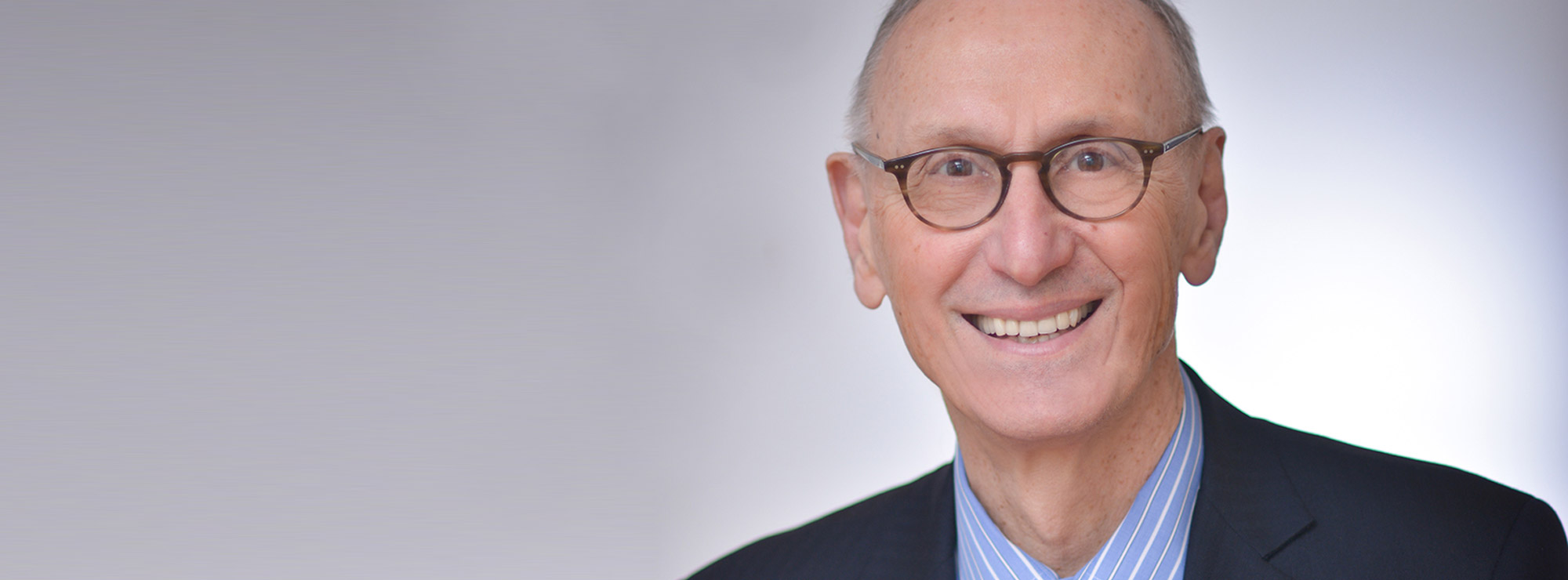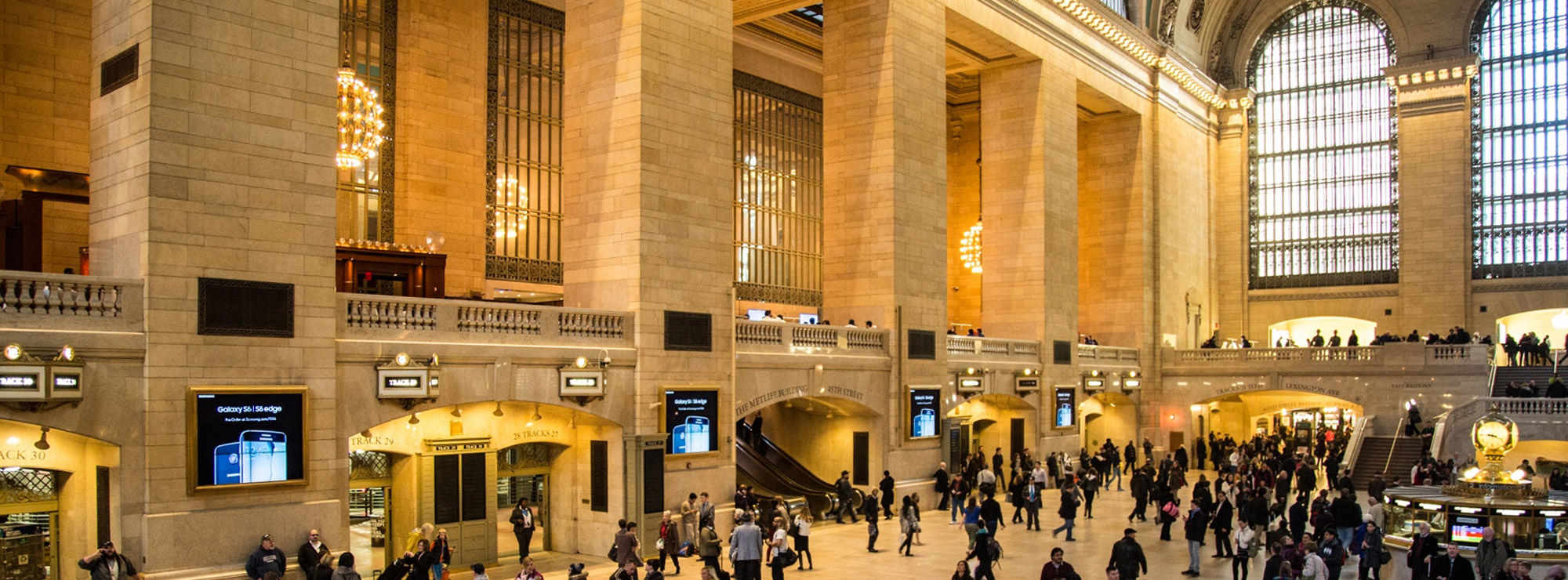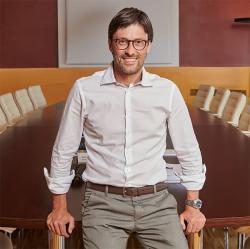Mirco: What is the role of the regulation in sustainability? Do you think that architects and engineers must only follow the regulation or must go beyond it?
Charles: I don’t think many owners would permit architects and engineers to exceed the relatively stringent code regulations since most of the further upgrades would cost significantly more and/or detract from the visual attractiveness of the building thereby affecting rents or salability. For example, the prescriptive code requirements limit the amount of glass area to 30 or 40% of the wall area which most architects and owners would not be happy with especially in New York City where floor to ceiling glass is desired.
If an architect or engineer decided unilaterally to exceed the code requirements, it would likely be the last project they did for that owner.
So, to increase the glass area, a complex computer simulation must be prepared along with some further upgrades to the mechanical systems to show that the overall building performance ostensibly meets or exceeds the code prescriptive requirements. Virtually every new high-end building in NYC coming out of the ground goes through the performance simulation to permit greater glass areas. If an architect or engineer decided unilaterally to exceed the code requirements, it would likely be the last project they did for that owner.
Mirco: How do the building materials and methods affect the long term sustainability of a building? What is your advice to young architects and engineers?
Charles: My advice to architects and engineers is to learn their trade well so that the materials and methods are not compromised in the long term.
For example, make sure the detailing of securing the wall won’t allow moisture to penetrate and deteriorate the structure. This unfortunately has happened in many buildings with famous architects like I. M. Pei.
Mirco: How do you advise that architects and engineers use water in buildings to order improve sustainability?
Charles: Sparingly including recapturing grey water. Our firm is one of the few that recapture condensate from the Con Edison steam system in Manhattan and use it for services like cooling towers and cleaning sidewalks etc. Other strategies to recapture grey water for flushing toilets is also being done in a few buildings.
Maintenance is the vitality of a civilization
Mirco: How do you advise that architects and engineers include green, gardens, and plants in buildings to order improve sustainability?
Charles: Again, carefully since we have heard of installations inadequately maintained and designed causing failure of roof membranes, leading to excess water use, not maintained etc. This was the challenge with the solar collector installations I designed in the 1970’s. As I have hanging in my office for all our staff to see: maintenance is the vitality of a civilization.
Mirco: Which architect or engineer inspired you the most?
Charles: At points in my career, I’ve been impressed with various engineers and architects for aspects of their careers, but I can’t say that any have been completely inspiring. For example, a clever engineer might have come up with an ingenious design strategy that addresses design for a segment of the real estate market but ultimately fails to address the long term energy or global warming issues.
Charles Copeland is the founder of Goldman Copeland.



